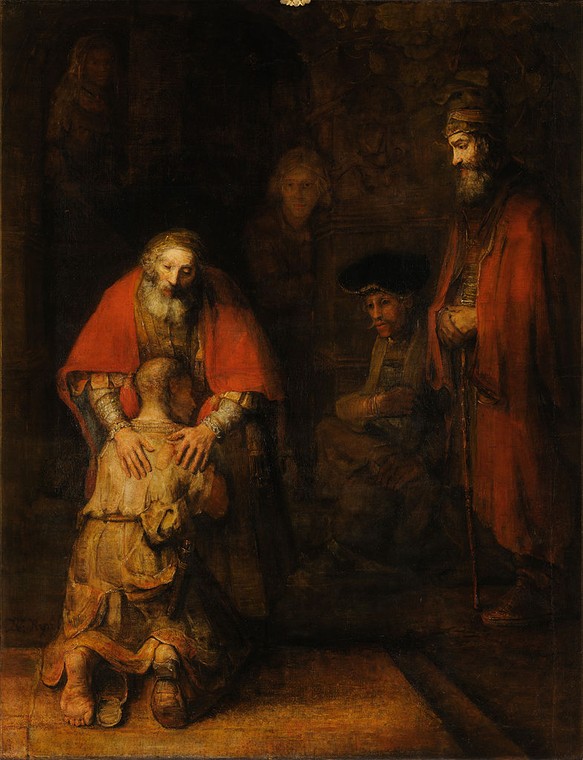What’s a studio visit all about? And how do you prep for it while prepping to go on the road?
| Outrunning the Storm, 30X48, is finished and awaiting delivery to Camden Falls Gallery. |
Bobbi Heath is co-hosting Leslie Saeta’s Artists Helping Artists this month. They discussed this blog yesterday in the segment called What We Can Learn From the Top Rated Artist’s Blogs.
Thank you! Artists Helping Artists is the top-rated art show on blogtalk radio.
Bobbi will be recording the next one during the middle of Castine Plein Air. That will be a tough balancing act, since she’s also a participating artist.
My host for Castine texted me yesterday. She’s in New Jersey and wanted me to know that it was 95° F. there and 59° in Castine. That’s perfect painting weather.
We don’t have or need air conditioning here in coastal Maine. The air off the North Atlantic keeps us comfortable. The average high temperature here is 76° in July and 75° in August. Bear that in mind if you’re thinking about my workshop in August.
I’m packing for next week’s events. Yesterday, I got a text from another painter. “I’m bringing 14 frames to Castine,” she told me. “I have four that are a different molding than the others. I want to try them out. And most of them are already wired so they aren’t extra work. And I have seven sizes, mostly in pairs. Am I nuts?”
 |
| This is what’s on my easel. It’s based on a pre-dawn sail out of Camden last summer. |
That’s a lot of frame for the six paintings she’s limited to, but her car is big enough. I always carry a variety of frames, so I can choose finishes and sizes depending on what I end up finishing.
I’m expecting a studio visit when I get home next weekend. Before I leave, my studio needs to be prepped. I keep regular open hours so it’s always presentable, but there are special considerations for a gallerist’s visit.
Although my studio isn’t vast, it is first and foremost a workshop. What I’m working on right now is part of my story. I don’t clear it away unless it’s unusually fragile.
There are many reasons for a gallerist or collector to visit us: to select work for a show, to see new work, or just to get to know us better. The same rules of hospitality that you apply in your house are appropriate in your studio. Turn off the stereo, ignore your phone and offer your guests refreshment.
 |
| Spring at the Boatyard will be going soon as well, en route to the Rye Art Center in Rye, NY. |
Some experts recommend preparing a presentation on your work and its evolution. I have a strong internet presence, so I think that’s overkill. If I didn’t, a binder with earlier work, postcards and clippings would be appropriate.
If a person is interested in earlier work, I can pull out representative samples from storage. But most people are not interested in my past, but what I’m painting now.
| Ready for visitors: neat, clean but not stripped of my work. |
My studio functions as a gallery during the summer months, so there’s already a small selection of work hanging. However, the studio visit isn’t primarily to ‘sell’ art; it’s really to get to know the artist better. Think of it as a professional visit between two peers.
What do we talk about? The work, mostly: where it was done, what it means to me, and where I’m going with the ideas. Artists tend to be shy about this kind of interaction, especially when nervous. It helps me to remember that I don’t need to “sell” myself; the visit itself indicates a genuine interest in my work.
However, you don’t need to fill dead air space either. Give your visitor a chance to really look at your art.




